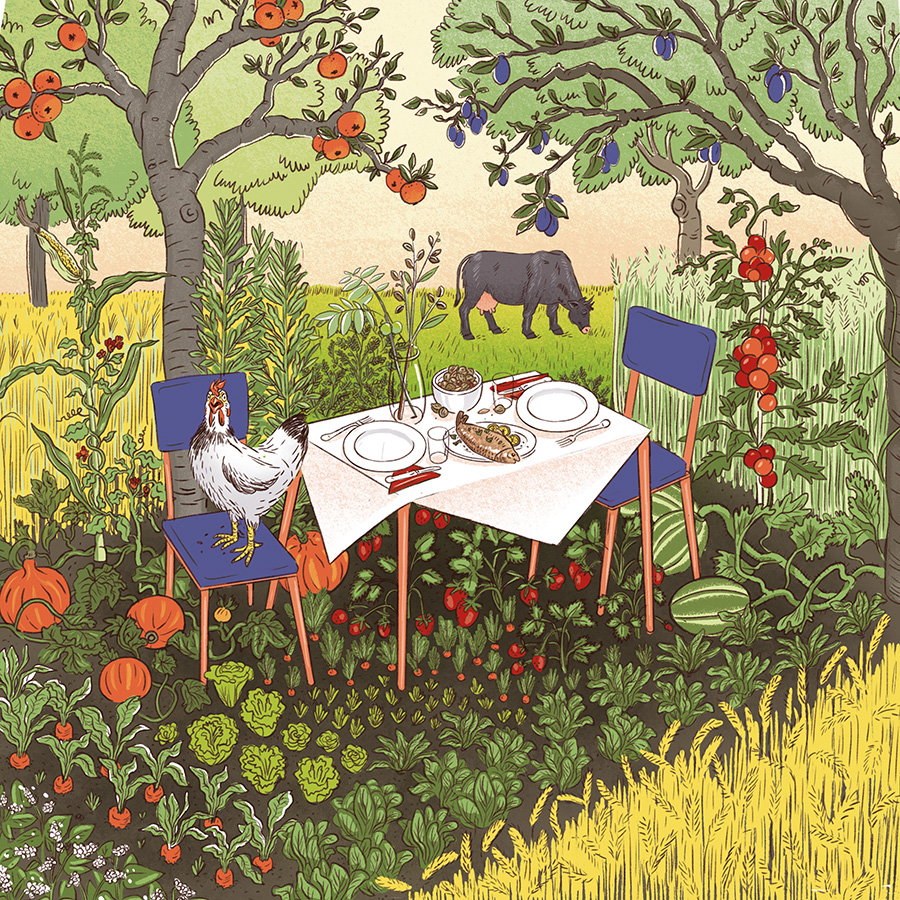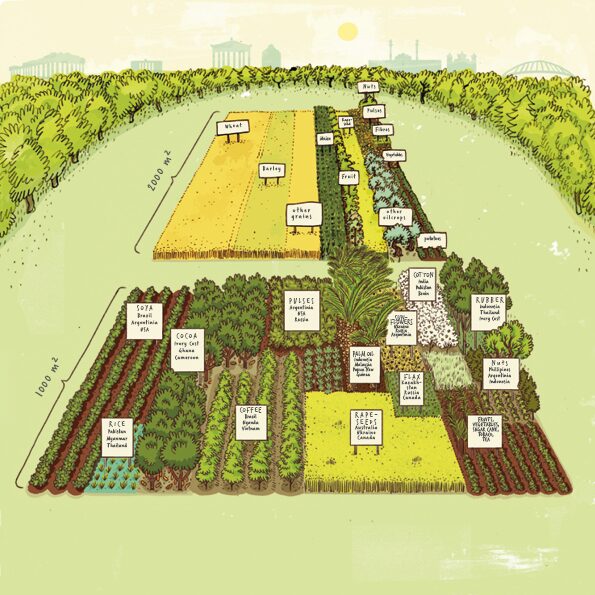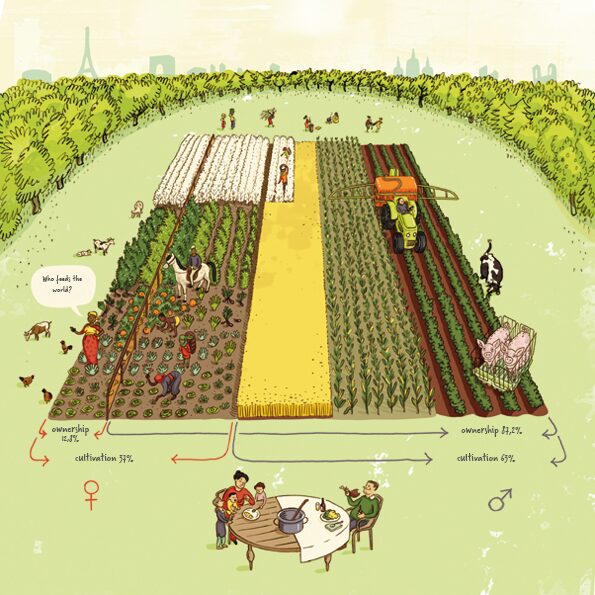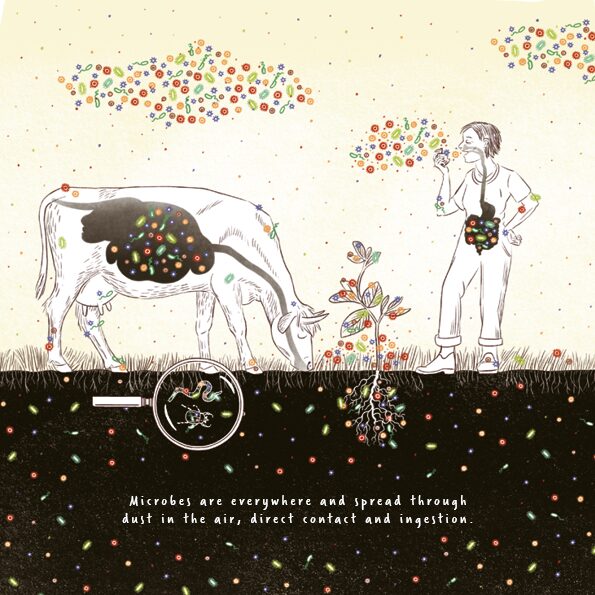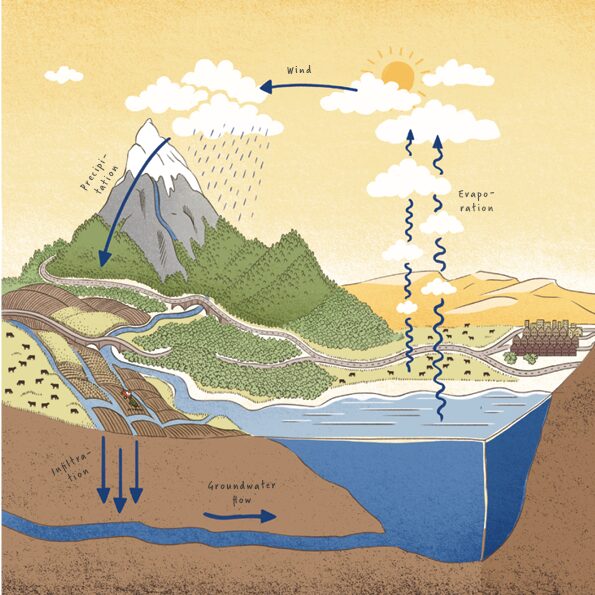Healthy and sustainable What could the diet of the future look like? In 2050, almost 10 billion people will be living on this planet. How can we then feed ourselves so that everyone is healthy, and the ecosystems are not overloaded? A working group of international scientists (the EAT-Lancet Commission) has ventured a global answer…
Archives: Topics
Microbiome The more diverse, the better for us and nature Over 30 trillion microorganisms, about as many as our body has cells of its own, colonise each and every one of us. Without them, we (including all animals and plants) would not be able to survive. The term ‘microbiome’ refers to the entire, highly active…

